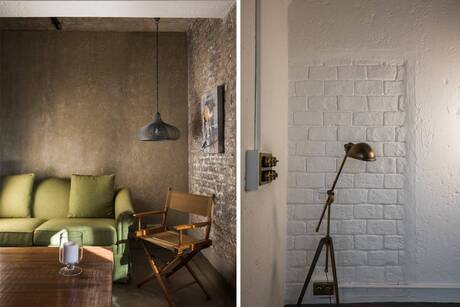Photograph: iStock
Toughened glass or tempered glass is among the many varieties of glass that can be used for window panes and partitions; for privacy and shading. Tempered glass does not break into large, sharp pieces, and its protective surface film reduces chances of breakage. However, once it is made, tempered glass cannot be altered and any modifications undertaken after tempering can lead to breakage. Therefore, edges, cut-outs and securing mechanisms need to be resolved beforehand. Architect Mrinmayee Wadwekar tells us some dos and dont’s regarding tempered glass.
1. Do not make any changes to the surface of the glass to be used as even minor changes would make the glass not fit in the allocated space.
2. Ensure that the final surface is plastered and painted before the glass is fixed because this cannot be done at a later stage.
3. To ensure stability, add a packing layer around the edges. This leaves room for a bit of adjustment for contraction and expansion.
4. Use sealants on the edges to prevent water leakage and seepage in bathrooms.
5. Take care before and after installation as sudden impact will cause it to break.
6. Check whether the glass is tempered or not from the expert using polarized lenses. Accordingly, the glass can then be removed safely and sent for tempering.
7. This glass is generally costlier compared to normal float glass. Hence, its application can be decided based on where it will be used and the budget allocated for this exercise.
8. Tempered glass is generally used for large glass windows in buildings. For other uses such as table-tops, etc, thick float glass will do the trick.

















